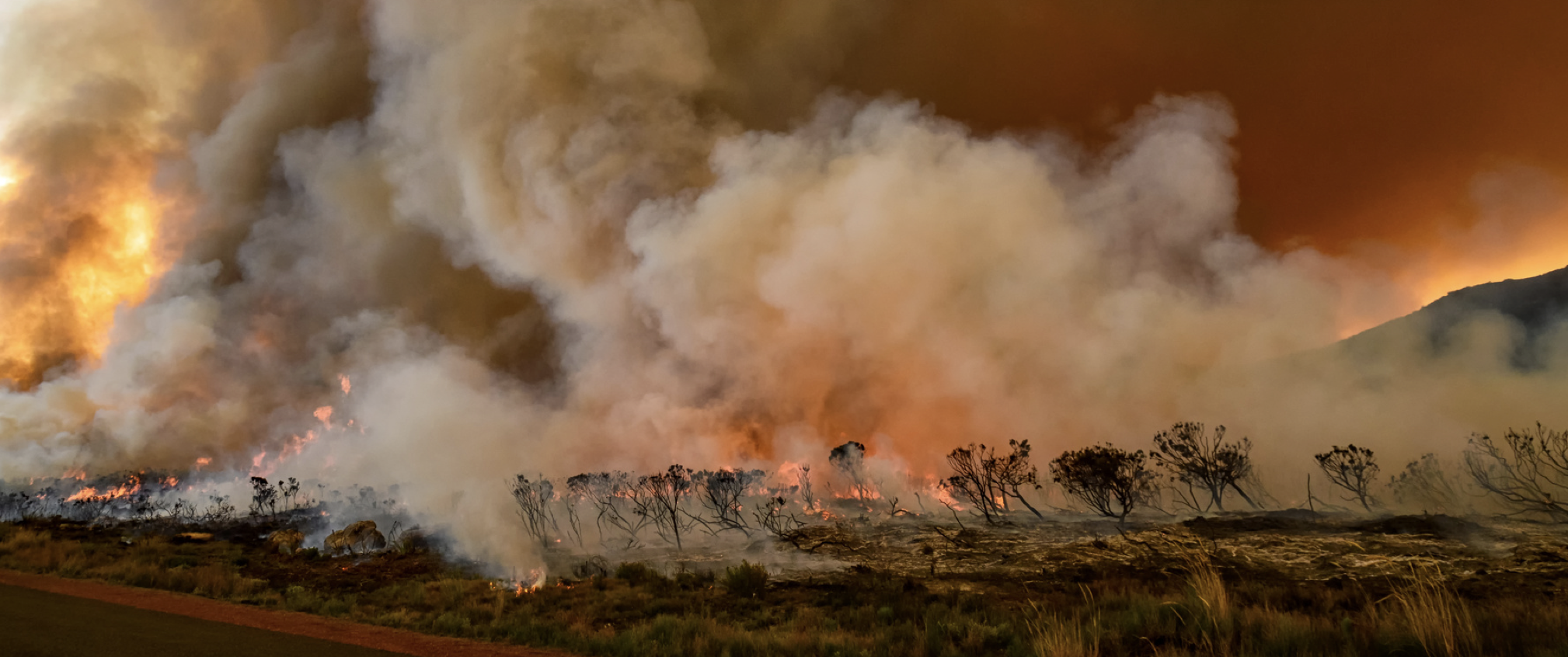More than 95% of the world population does not live in a healthy environment by the current standards of WHO (2005, WHO air quality directive). Although various environmental activities (volcanoes, fire, Etc.) release different pollutants into the atmosphere, anthropogenic activities are the leading cause of environmental air pollution. In addition, the production, processing, and use of the oil and gas industry, which has become an indispensable resource for modern life, also emit many greenhouse gases, mainly methane.

In 2016, despite rapid developments in renewable energy technologies, oil and gas accounted for more than half of all energy consumed worldwide. Moreover, using horizontal drilling with hydraulic fracturing to access gas fields has increased oil and gas production. This production growth has led to balanced development in oil and gas transportation, processing and refining, use in agriculture and manufacturing, and energy exports (Allison & Mandler, 2018). However, the recent increase in oil and gas production raises long-standing concerns about its effects on the environment.
Methane is a more powerful greenhouse gas than carbon dioxide (Allison & Mandler, Methane Emissions in the Oil and Gas Industry, 2018).
All commonly used combustible fuels emit harmful gases and burned particles to generate energy. Fixed resources such as oil and gas fields, oil refineries, and gas processing plants are smaller than those from burning fuels. Still, they can have significant local impacts (Allison & Mandler, Air Quality Impacts of Oil and Gas, 2018). Air toxicants related to oil and gas can be emitted during oil exploration, production, refining and processing, and combustion, and these toxicants also drive climate change. Chief among these gases are methane (CH4), nitrogen oxide (NOx), sulfur dioxide (SO2), and high levels of volatile organic compounds (VOCs) that contribute to the formation of harmful ozone in the lower atmosphere(Butler & Fekete, 2005). VOCs are emitted from vehicles and equipment used in oil operations and surrounding roads and communities. VOCs also evaporate directly from oil and gas extracted, stored, and transported around the oilfield (Allison & Mandler, Air Quality Impacts of Oil and Gas, 2018).
Refineries convert crude oil into products such as gasoline, diesel fuel, kerosene, jet fuel, asphalt, and liquefied petroleum gas and emit pollutants from several different sources. For example, leaks, flames, and excessive emissions from refineries release dangerous air pollutants or toxicants known or suspected to cause cancer and congenital disabilities and severely impact the environment. In addition, leaky valves and pumps cause fugitive VOC emissions in this area (Butler & Fekete, 2005).
The net zero emissions target affects the energy sector the most.
The energy sector has the most significant impact on climate change. It is among the industries that will prepare new action plans for reducing greenhouse gas emissions in line with the latest climate policy, the Paris Climate Agreement, which entered into force in 2016 (KPMG, 2021). In this direction, it is necessary to phase out fossil fuels and end the existing fossil fuel supports and incentives. This situation will mean that oil and gas companies will no longer be satisfied with just decarbonizing their corporate footprints; they will have to balance their environmental commitments.
Integrating the oil and gas sector into the new process is possible through new technologies and techniques. First, leak detection and control are essential to reduce air pollution and minimize environmental effects. To reduce downtime, maintenance costs, and processing times and increase resource efficiency and emission control, sector players should also set up process control systems. The most crucial step for this is the spatial management of emissions in oil and gas production facilities, not at one or several points but in all production areas and instantaneously monitored. Detecting and reducing emissions requires continuous monitoring; low-cost air sensors, widely used worldwide, are an essential tool at this point.
With the increasing global demand for clean energy with the climate crisis, the growing pressure on oil and natural gas companies to decarbonize, and the concern about the effects of the industry on the environment and human health obliges oil and gas companies to adapt to the new process. Therefore, sustainability and climate risk management of the oil and gas sector with new technologies will be vital in determining whether they can continue their business. Therefore, oil and natural gas companies should increase emission control in production areas at the beginning of their strategies to meet the changing demand.
References
Allison, E., & Mandler, B. (2018). Air Quality Impacts of Oil and Gas. Petroleum and the Environment, Part 18/24.
(2018). Methane Emissions in the Oil and Gas Industry. Petroleum and the Environment, Part 19/24.
(2018). Petroleum and the Environment: an Introduction. Petroleum and the Environment, Part 1/24.
Butler, K., & Fekete, G. (2005). Measuring compliance program progress and impacts: Lessons from USEPA’s National Petroleum Refinery Compliance Program. In Seventh International Conference on Environmental Compliance and Enforcement.
KPMG. (2021). Oil and Gas Sectoral Overview The New Reality.









